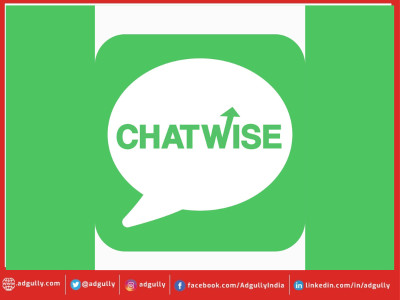Marketing automation evolves with AI
Dr Vinod Vasudevan is the Group CEO of Flytxt, a Dutch Company supplying Marketing Automation and AI solutions for B2C Enterprises with offices in United Arab Emirates, and India, among other locations worldwide.
The quest to automate marketing began with the desire to improve efficiency. In today’s digital era, companies have access to a volume of customer data that is simply overwhelming for humans to analyse alone. Yet, the value of such data to better understand customer needs and behaviour is undisputable in terms of retaining business and improving the customer experience. In others, boosting the bottom line.
You can see the impact in PwC's Global Data and Analytics Survey, where 39% of respondents said their business’s decision-making was “highly data-driven” and a further 53% said it was “somewhat data-driven”.
Yet, we had only solved part of the problem.
Despite being able to analyse data on a scale and level of personalisation that was unprecedented, marketers were still required to be the decision makers. This was a potential flaw in the process given that the value of data erodes over time. So, any delay caused by the human element of the chain negatively impacted the success of the campaigns, built on the data and recommendations.
So, in an age when transactions, touch points and data have exploded in volume, velocity and variety, the way we make decisions had to change too.
This is why we are now seeing the transition from what I would consider to be the era of augmented marketing to autonomous, where systems are continuously learning from the data they are analysing then making decisions themselves using inbuilt Artificial Intelligence. An example of this is Flytxt’s own recently launched AI companion Robo-X.
Thanks to this evolution in AI, not only is analysis carried out at speed and scale, but decisions and actions too. As a result, the process, from start to finish, is smarter, faster and optimized to uplift net revenue, since the Artificial intelligence is removing the last drag – human-led decision making.
An example of the impact this is having can be seen in one of our telecoms clients in India, who recently achieved a milestone of handling more than 1 billion offer enquiries from 25-plus touch points using our software in a month. This scale is unthinkable sans autonomous decision making where system itself decides on the next best offer for each customer. However, scale is only half the job done, automated decisions have to be effective too. In the above client scenario, system recommended offers attracted higher conversions and had up to 30% incremental impact on revenue.
And, since the AI is self-learning, it is constantly adjusting decisions to ensure that live campaigns are optimized as they go. This means an AI companion, such as Robo-X, produces better marketing outcomes by working along with marketer, whether that’s in identifying new upsell and cross-sell opportunities, discovering insightful patterns, advising on offers and campaigns or assessing performance and indicating areas for improvement. The outcome is a huge boost in the agility and scale of campaigns, which can literally evolve as they go based on constant evaluation and adjustment. It also means marketers can act quicker, planning and executing campaigns in a fraction of the time it would take to deliver without the benefit of an AI companion. Time, as they say, is money.
Of course, if you are a marketer then you may be reading this and wondering whether it is time to dust of the CV and spruce up your LinkedIn profile. After all, didn’t we just discuss a scenario in which you became redundant?
Not at all.
The beauty of AI is that it automates the functions that you shouldn’t have to do, allows you to focus on creative elements of your marketing process, for which you still need the brilliance of the human brain.
However, this is a party to which you do not want to be late.
According to research by McKinsey Global Institute, 70 percent of companies are predicted to have at least one type of Artificial Intelligence (AI) technology by 2030 and it estimates AI has the potential to deliver additional global economic activity of around USD13 trillion by 2030, or about 16 percent higher cumulative GDP compared with today. But late adopters are unlikely to realise as much benefit as front-runners, since they will have already seized the opportunities. This means those lagging behind could struggle to develop equivalent capabilities and attract talent.
Also Read:
How AI can play a major role in monitoring content shared on social media platform
















Share
Facebook
YouTube
Tweet
Twitter
LinkedIn